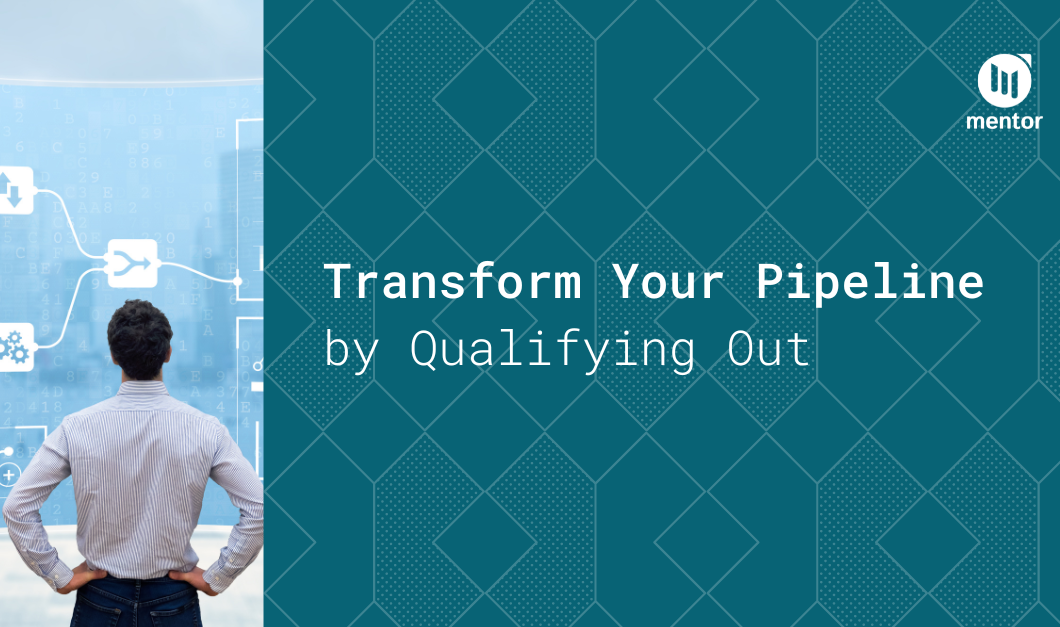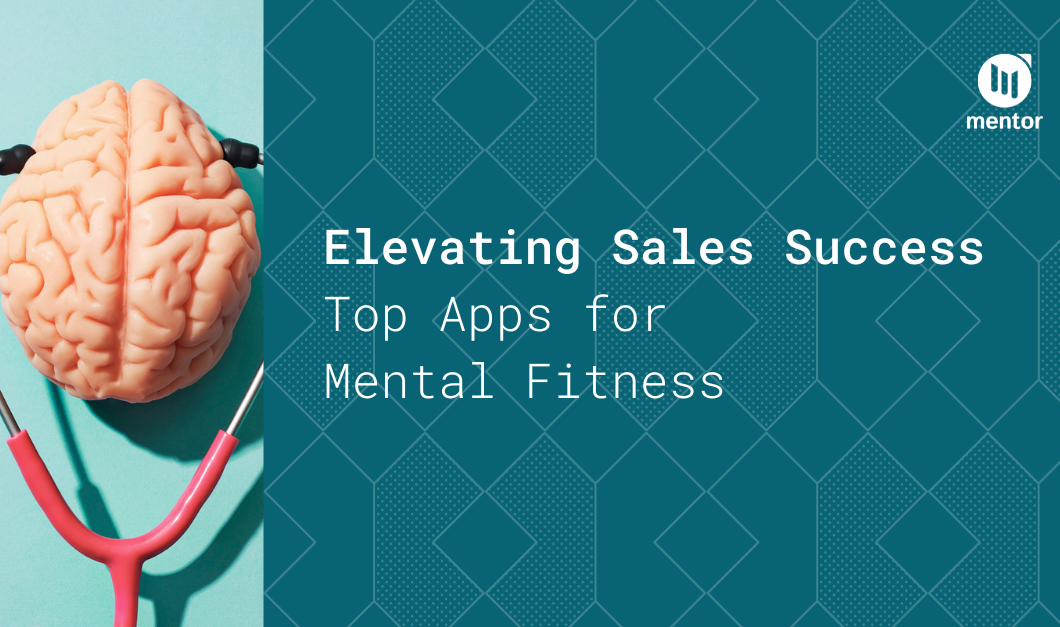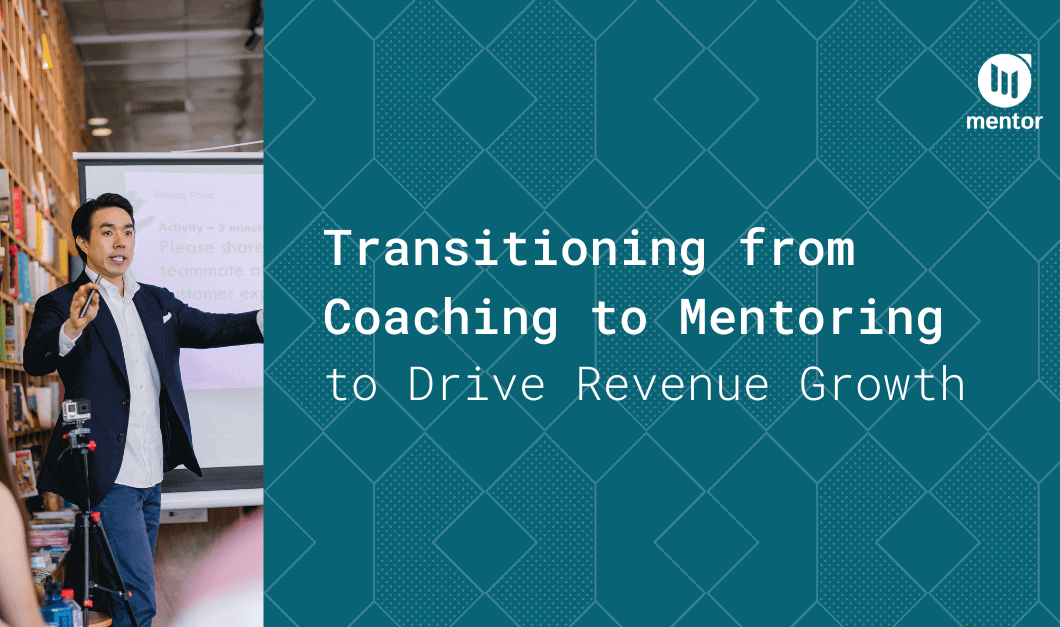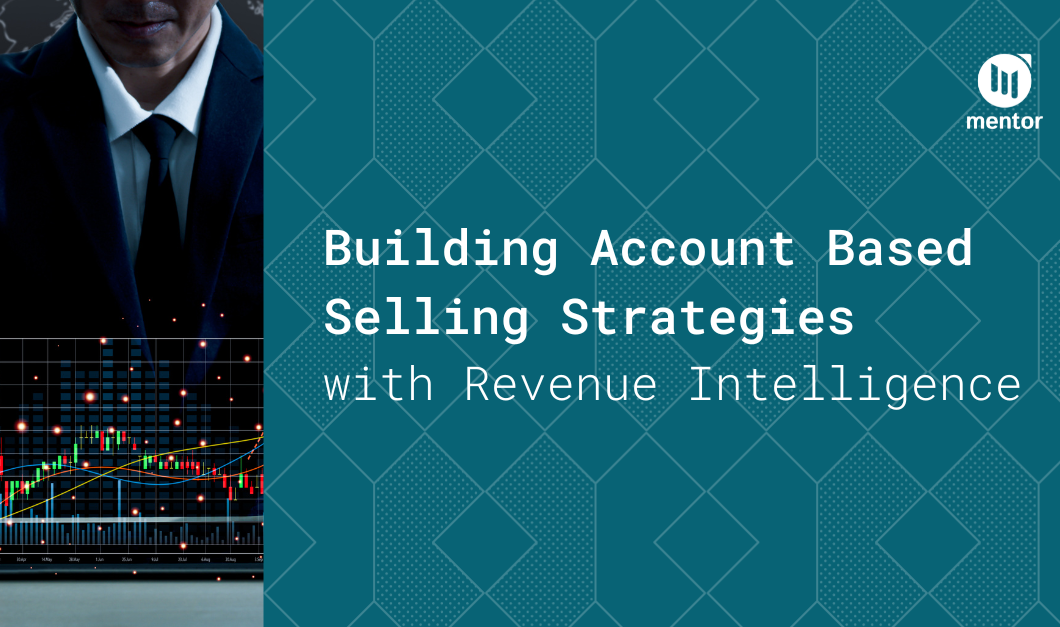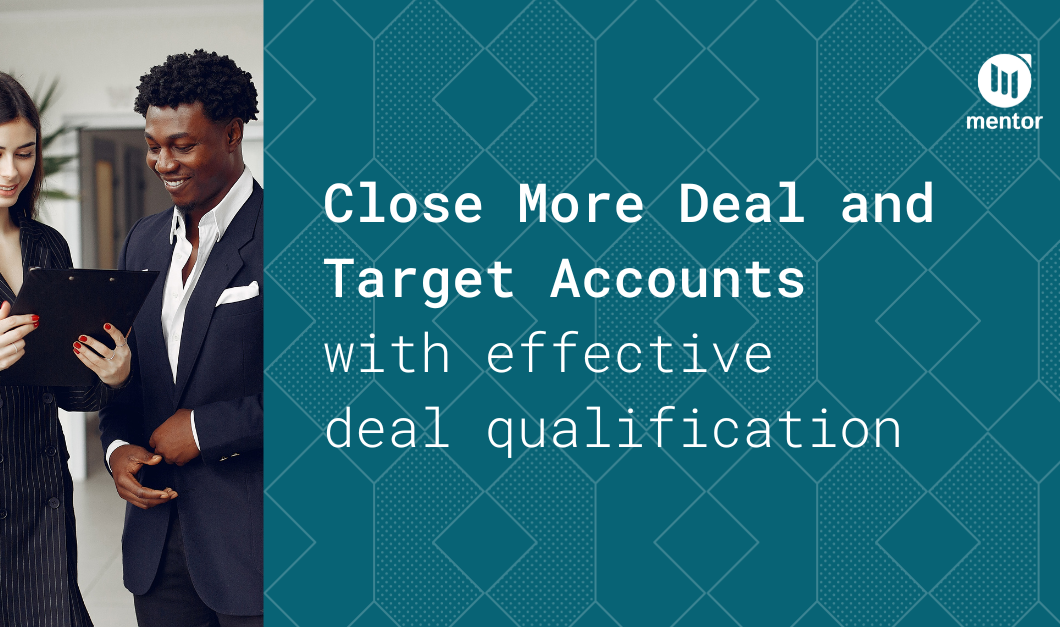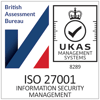I recently wrote a whitepaper on the use of virtual reality (VR) in sales enablement, and as part of that I discussed several best practices to ensure your VR sessions are super successful. These best practices are:
- Keep a session to no more than 15 minutes
- Design your VR session to be taken sat down
- Ensure people are sat on swivel chairs
- Check and triple check WIFI access
- Make sure you have chargers available
- Think about headphones
- Keep logins simple
- Create a welcome video
This is the first in a series of blogs in which I’m going to spend a little time expanding on each of these practices to give you a clearer picture and some extra detail of what it looks to implement these practices, all drawn from our own delivery of these programs.
So, up first is a simple one...
Keep sessions to 15 minutes or less
The logic behind this thinking is tied to how we experience VR. For some of us, going into VR is a very natural process and we can adapt to the feelings of being somewhere else without any trouble. For others, the transition can be disorientating and can even lead to motion sickness.
Even the hardiest VR users tend to start feeling disoriented after longer sessions. We have found the sweet spot to be around 15 minutes.
Any longer and you start to see a quick drop out as people become uncomfortable and start to not enjoy or engage with what they are seeing.
Whilst it may seem like a short amount of time, if you consider that our recommendation is that you are using VR to reinforce learning, not actually delivering the teaching, 15 minutes is plenty. In fact, most scenarios or simulations are much shorter.
Additionally, if you are facilitating a session, getting the sellers to do a task in VR for only 15 minutes means you have regular opportunities to get the team together for additional learning, sharing or review. The flow is really very natural.
If you compare VR to running a fishbowl exercise or working in pairs to run a role play, VR is essentially just the same, but more engaging.
I am always surprised at just how well people can connect with the VR experiences we build and the emotions it can generate – all of which is good as we know when people are emotionally connected to something, they remember and retain knowledge better.
In the whitepaper, I mentioned the acronym KISS. This traditionally stands for Keep It Simple Stupid and, whilst that is a great philosophy generally, for VR I prefer to alter it slightly to Keep It Short and Simple. It is far better to break an experience into smaller chunks than try to force through something long and complicated with additional scenes.
In a world that seems to revolve around complexity, less is most definitely more when trying to run an impactful Sales Enablement session using VR. Get it right and watch that engagement shoot up.
Next time, I will dig into why VR sessions should be designed for users to be sat down.


